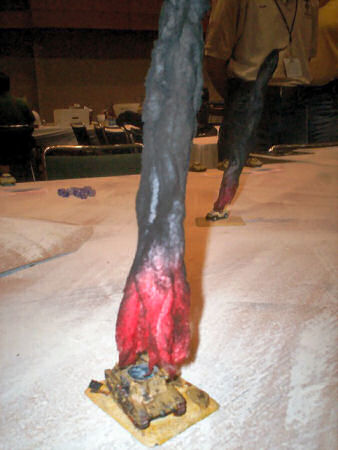
The Rise and Fall of the Second Mexican Empire
369 pages. Guide to abbreviations, list of archived sources, notes, acknowledgments, index.
Often dismissed as an historical sideshow, the author shows how the Mexican Intervention was rooted in European concerns about U.S. expansionism.
By the middle of the 19th Century, the United States had leapt across the North American continent, and – having previously defeated Mexico – there seemed to be no reason why the U.S. would not continue expanding to the south.
Europe at this time was dominated by conservative monarchies and empires wary of U.S. populism. The United Kingdom, France and Austria perceived a golden opportunity to intervene in Mexico while the U.S. was distracted by civil war, to reimpose monarchy on Mexico and collect unpaid debts.
The author explains why only French troops invaded Mexico, how the intervention was briefly thwarted at Puebla, only for a reinforced army to ultimately prevail and take Mexico City.
Meanwhile, Archduke Maximilian – in many ways, the Prince Harry of his day – was persuaded to become the first emperor of the Second Mexican Empire. His intent was to rule as a liberal monarch with a paternalistic approach to the indigenous Mexicans, but politically he was forced to ally with Mexican conservatives (mostly creole) and a Catholic Church insistent on regaining their land rights.
France never committed sufficient troops to take and hold the entire country, nor did finances allow Maximilian to build the army he needed. The Mexican republican forces were never vanquished, and when France chose to pull its troops out, the fate of the Mexican Empire was clear.
I thought the opening chapters were excellent at setting out the context of the Intervention. The author does an excellent job showing the motives of the European powers, and even shows how the term 'Latino' began as a form of pro-Intervention propaganda (to persuade indigenous people that they belonged to Europe).
The book also does an adequate job of describing the initial conquest of Mexico by French forces. However, I wish all of the places mentioned had been included on the map provided.
I found the rest of the book slow going. The author presents a lot of information, but I felt I never had a good handle on Maximilian. The decision of the French to withdraw their forces, followed by the abrupt collapse of the Mexican empire, is adequately described but poorly explained.
Can you wargame it? This book provides an introduction to the war and its major battles, but does not provide sufficient detail to create scenarios.
While this book provides useful information for anyone interested in the Intervention, I had to force myself through it, and was left with major questions.
Reviewed by ![]() Editor in Chief Bill
Editor in Chief Bill ![]()
![]() .
.











